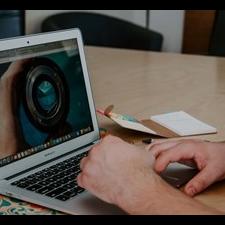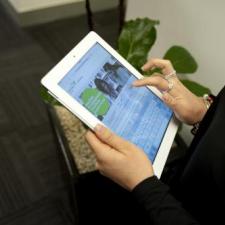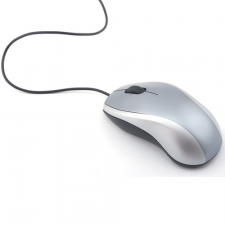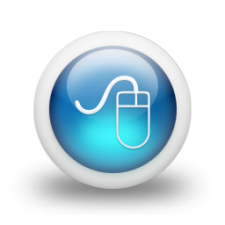Assignment Types
Educational Factsheet
Content
Often a factsheet gives information about a broad topic. It will then be divided into subsections that may include graphs, data and information cited from various reputable sources. Always check your assessment instructions and marking criteria to see what specific content you need to include in your factsheet. You can also clarify specific questions with your educator. Remember when writing a factsheet you should decide on an audience. The content and tone of your factsheet should be appropriate for your selected audience. Make sure you draw on relevant literature and reference accordingly in APA style.
Structure
Information should be logically organised into sections or boxes with headings and subheadings. Generally, Educational Factsheets have the following formatting. Always check your assessment information for more specific instructions:
- Program: MSWord or MS PowerPoint
- Paper size: A2
- Pages: One, including reference list
- Title: Ensure the poster has a title including your name and student number.
- Orientation: Landscape or portrait
- Font: Times New Roman 12pt is to be used throughout, except in the case of headings, which may use a larger font size, and the reference list, which should use 8-10pt
- Language: The language in a poster is academic, as it is designed for a professional audience. An impersonal, scholarly tone should be used and formal writing expectations apply.
- References: An APA7-formatted reference list is to be included on the page in Times New Roman 8pt or 10pt.
Style
- Factsheets are written in a style appropriate to the audience – This style may be less formal for a lay audience.
- Text needs to be easy to navigate and sections should flow logically.
- Use transition words between ideas
- Include references to add credibility and acknowledge your sources
- Use images and graphics that complement and enhance your content





